Tips For Setting Glass Tile
 Thursday, May 19, 2011 at 10:58AM
Thursday, May 19, 2011 at 10:58AM 
Glass tiles require an adhesive with a superior grip, and extra-special care to eliminate air pockets or voids beneath the tiles that are visible through the tile body. The color of the adhesive also has a significant bearing on the appearance of the installation: some art & decorative installations are specified with a colored epoxy adhesive and matching grout to impart a muted color treatment. Gray or natural cement-colored thinset or epoxy adhesive will dull the installation while white thinset or epoxy will help brighten the tiles and the installation. To ensure that the appearance of the thinset (as viewed through the body of the tile) is uniform, glass tiles may be back-buttered with a thin film of adhesive, but this practice may mask voids below the tiles.
Michael Byrne wrote in an article for Tile magazine January 9, 2004, to ensure maximum adhesion, he selects a non-latex grout powder, and mix it with a latex thinset additive, to produce an adhesive that would be used for spreading and back-buttering. He also prefers to use Laticrete 4237 liquid in place of water, and to mix it with a regular (non-latex or polymer) grout powder (as the thinset base). Since the color of the adhesive is the same as the color of the grout joint filler, bleed-through—a common installation hassle with glass mosaics—is less of a problem.
For installing sheets of glass mosaic, with individual tiles of uniform thickness, no greater than 1-inch, and face-mounted with a water-soluble paper, I use a 3/16 or 1/4-inch V-notch trowel to spread thinset on the setting bed, and I use the smooth edge of the same trowel to hard-trowel a thin layer of adhesive on the backs of each tile in a sheet just before setting. As each mosaic sheet is bedded in thinset mortar, a beating block and hammer is used to gently align neighboring faces (See Illustration 4). It is essential to remove unwanted material before moving on to the next sheet, and to focus on spreading uniform layers of mortar—this is done by holding the trowel at a consistent angle to the floor, and combing away all the excess. I let the sheets firm up in the bed of thinset for about 20 minutes before very gently blotting the face paper with a wet sponge to soften its adhesive, and easily let go of the tiles. I apply moisture with the sponge, as needed, so that the paper stays wet continuously. After about 5 minutes, the sheets should easily peel away, allowing me to do any last minute tile positioning.
Movement joints should replace grout at all panel margins to prevent normal building movement from cracking the tiles or shearing them off the setting bed. All adhesive and grout residues should be removed from these joints. Note: when working with latex grout, the movement joints should be filled after grouting; if an epoxy grout is specified, fill the movement joints with a flexible sealant before grouting. With 24 lineal feet of joint to fill, a 12-inch sheet of 1-inch tiles demands more work than is required for a single 12-inch tile. I let mosaic sheets harden off at least 48-hours before grouting with a latex grout. Although his preference is for latex thinset and grout, a few glass tile manufacturers may specify other materials. Always consult the tile manufacturer for specific recommendations or an installation spec.

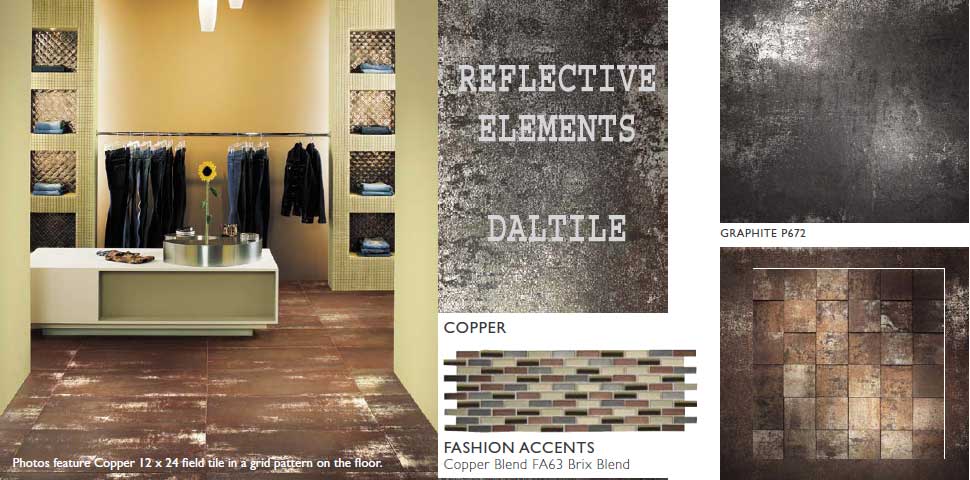
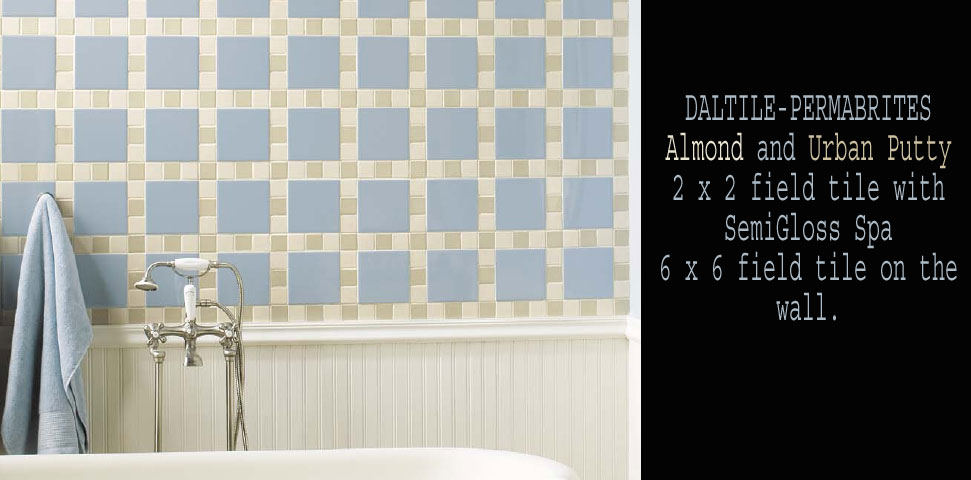

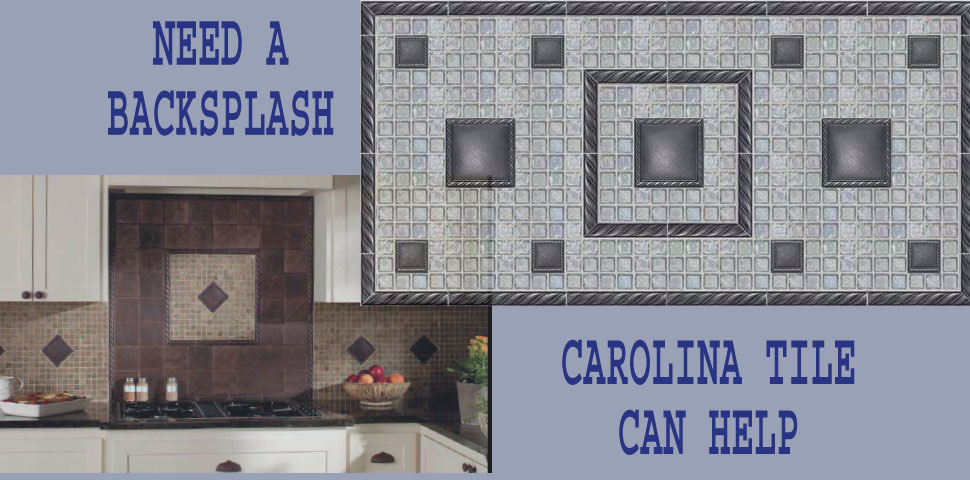

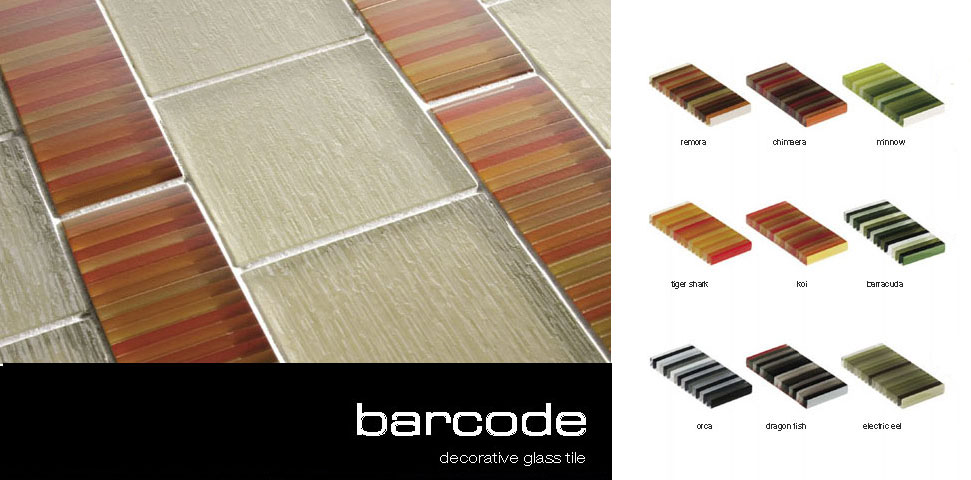
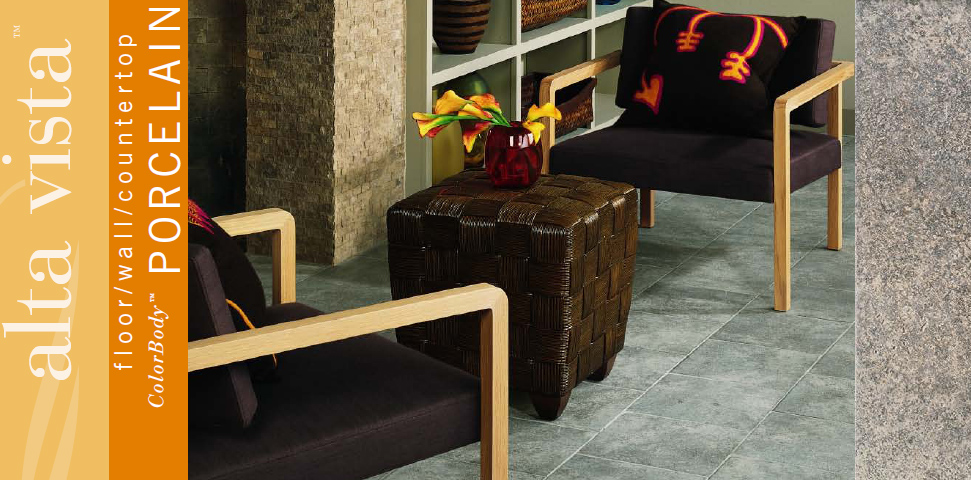
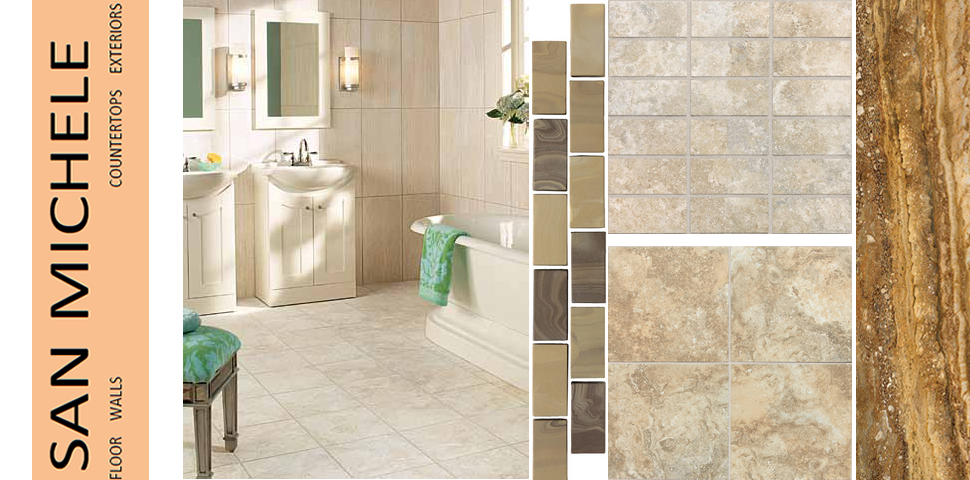
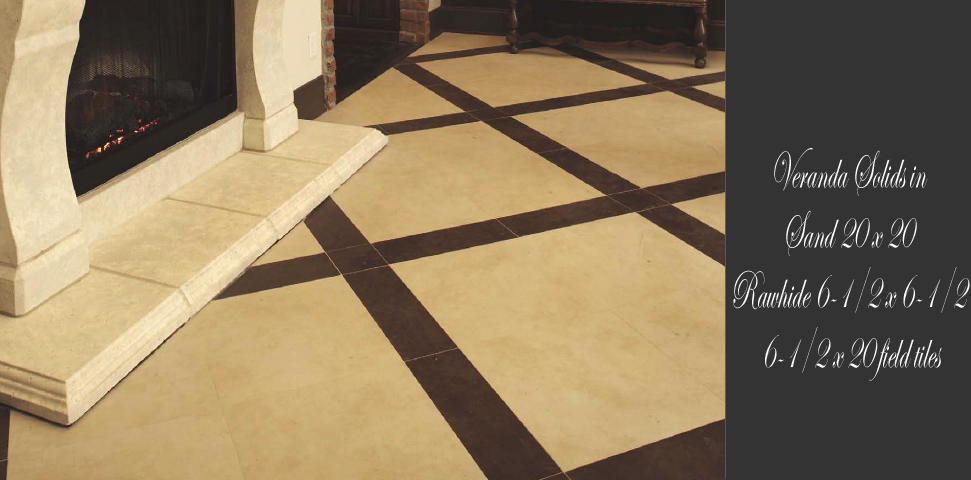

Reader Comments